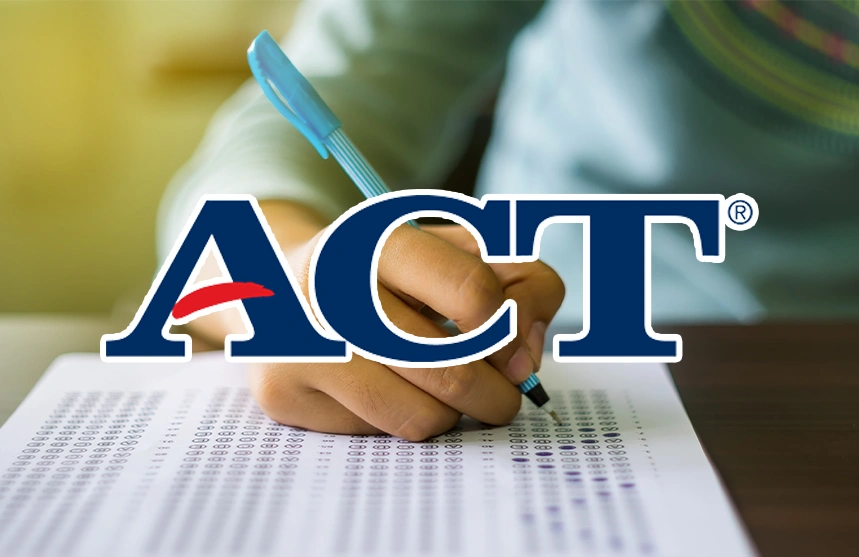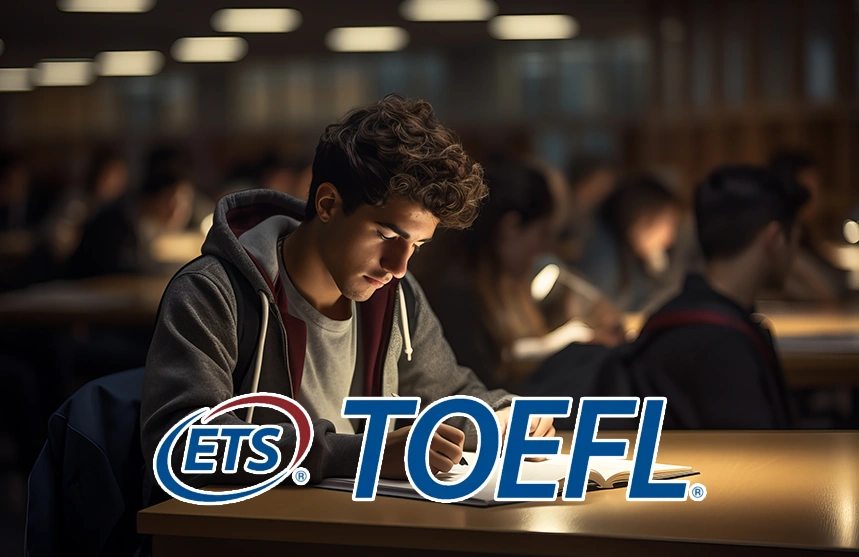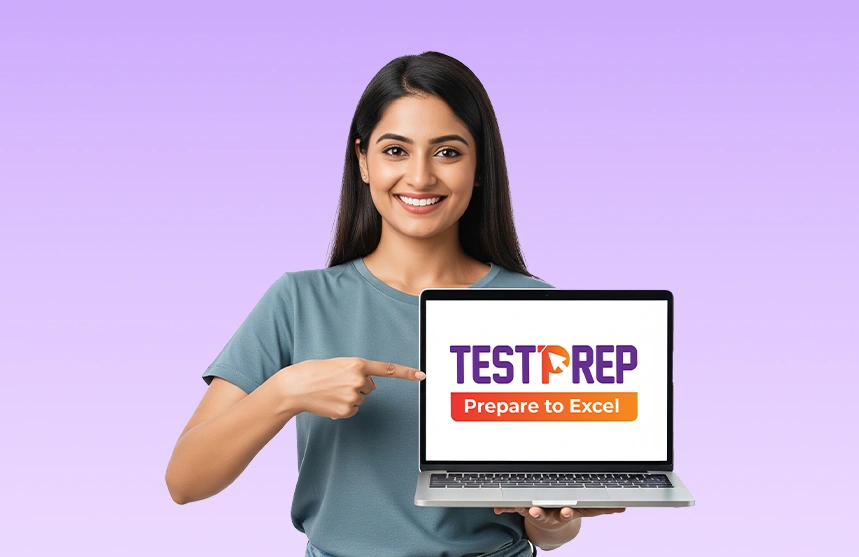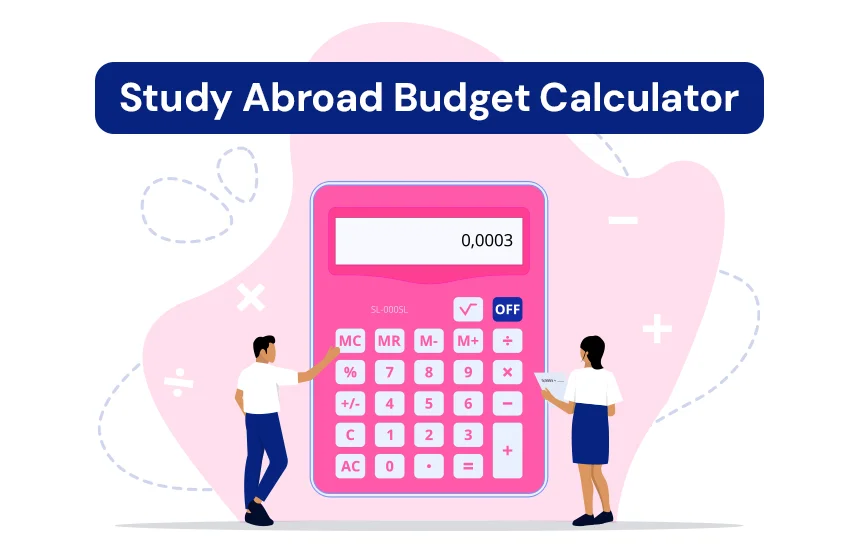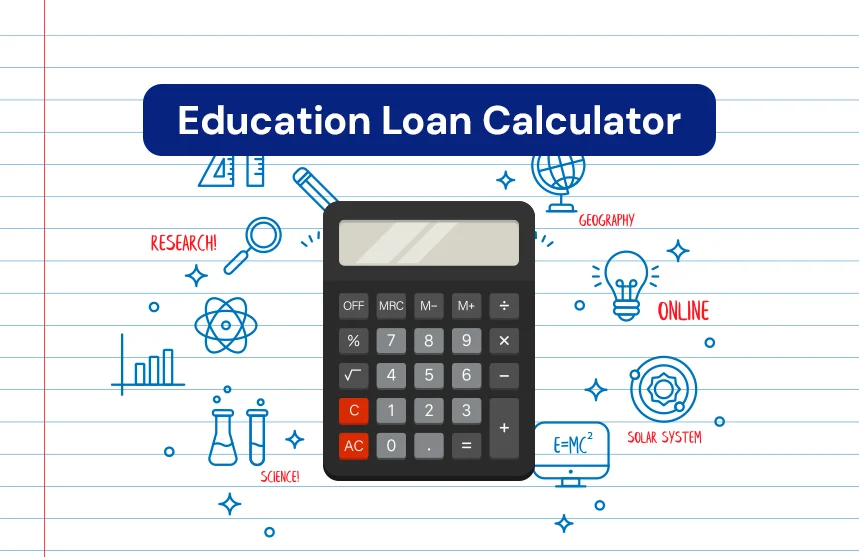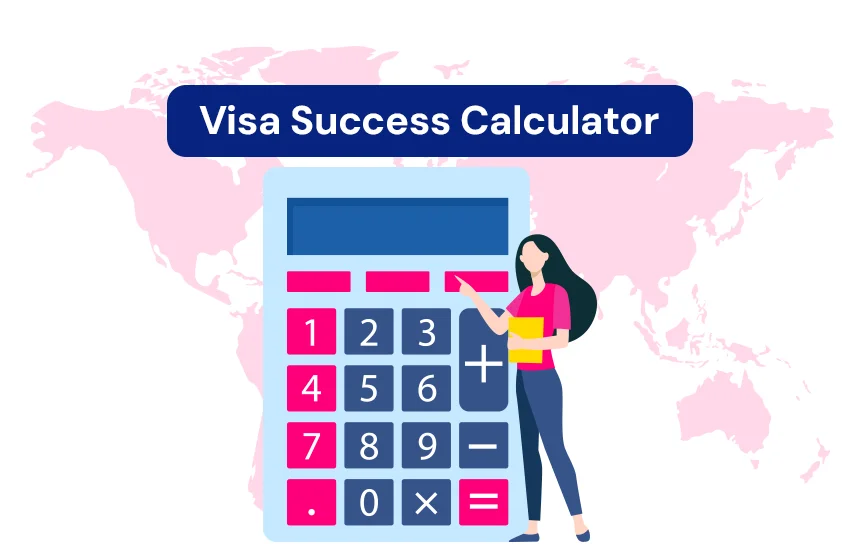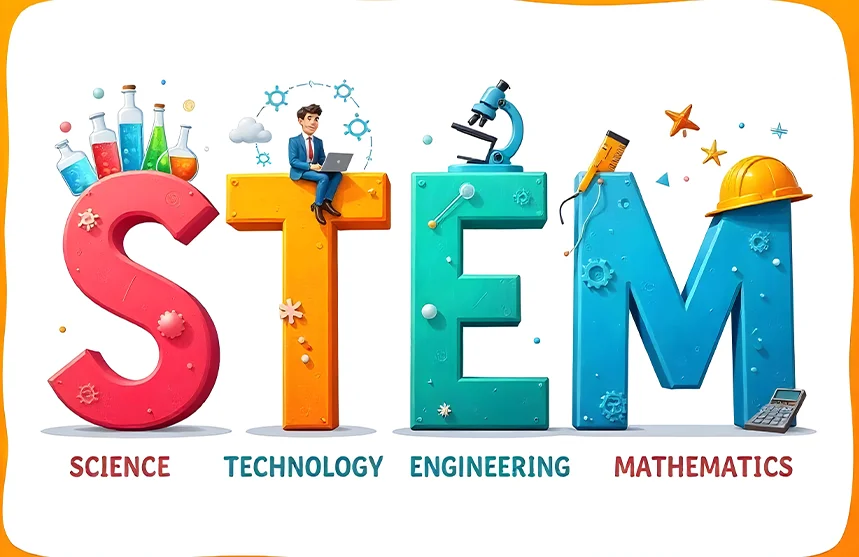ACT Test Preparation 2026: The Ultimate Guide to Achieving Your Dream Score
What is K-12 Education? A Complete Guide for Students, Parents & Educators

Over the years, as education continues to evolve, the term K–12 education has become a global standard for defining structured learning from early childhood to the end of high school. Whether you’re a policymaker, a school leader, or a parent seeking to make informed decisions for your child, understanding what K–12 means is crucial, especially in today’s competitive and interconnected world.
So What is K–12 Education, and why is it becoming increasingly popular outside the United States, where it originated?
In a world driven by AI, automation, and international opportunities, traditional education models are being challenged to adapt to new demands. Among the most flexible and forward-thinking systems available today is the K–12 model. It is age-appropriate, introduces career pathways early on, and nurtures critical thinking, creativity, collaboration, and digital literacy, skills that are now essential across every industry.
Whether you’re a parent navigating school options, a student curious about how your education compares globally, or an educator looking to reimagine your classroom, your understanding should start with the K–12 system.
In this blog, we’ll break down everything you need to know about K–12 education: what it is, how it’s structured, its global relevance, the advantages and challenges it presents, and how it’s shaping the future of learning.
What is K–12 Education?
K–12 education refers to the publicly supported school grades in the United States, Canada, and several other countries, spanning from kindergarten (K) through 12th grade. This system does not include higher or postsecondary education but covers the entirety of a student’s primary and secondary academic life.
In a typical structure, “K” represents kindergarten, while “12” refers to the 12th grade, the final year of high school before college or university.
The K–12 system comprises 13 years of formal education, generally structured as follows:
- Kindergarten (1 year)
- Elementary School (Grades 1–5 or 1–6)
- Middle School (Grades 6–8 or 7–8)
- High School (Grades 9–12)
K–12 Education System Around the World
Although K–12 originated in the United States, its influence is now global. Countries such as India, the Philippines, Australia, and the UAE have adopted or adapted the K–12 structure into their national education systems.
United States
As the originator of the K–12 model, the U.S. has implemented it nationwide. The system emphasises core subjects, standardised testing, and a wide range of elective courses. Students can pursue college, technical education, or direct entry into the workforce upon graduation.
India
With the launch of the National Education Policy (NEP) 2020, India transitioned from the traditional 10+2 system to a 5+3+3+4 structure, aligning closely with the K–12 format. This shift modernises learning outcomes and brings India in line with international standards.
Philippines
The K to 12 Basic Education Program, implemented in 2012, extended the country’s education cycle to 13 years, adding Grades 11 and 12 as senior high school, thus fully integrating the K–12 framework.
Other Countries
Many international and private schools around the world follow K-12-style curricula, such as the IB (International Baccalaureate), CBSE, or British Curriculum, which offer a similar flow and developmental focus, adjusted to local needs.
K–12 Design of Education: Structure Breakdown
Understanding the flow of the K–12 system is key to recognizing its comprehensive nature. Here’s how it typically unfolds:
Kindergarten (Ages 5–6)
Kindergarten focuses on foundational learning. It introduces children to literacy and numeracy, encourages emotional regulation, and supports social interaction and motor skill development.
Elementary School (Grades 1–5 or 1–6)
Aimed at students aged 6 to 11, elementary education builds core competencies in English, mathematics, science, social studies, arts, and physical education. The goal is to develop essential academic and thinking skills.
Middle School (Grades 6–8)
For students aged 11 to 14, middle school transitions learners into subject-specific instruction. It introduces deeper academic content, electives, and supports early adolescent development through more structured environments.
High School (Grades 9–12)
High school caters to students aged 14 to 18 and blends core subjects with electives and career pathways. Upon completion, students earn a high school diploma, preparing them for college, vocational education, or employment.
Advantages of K–12 Education
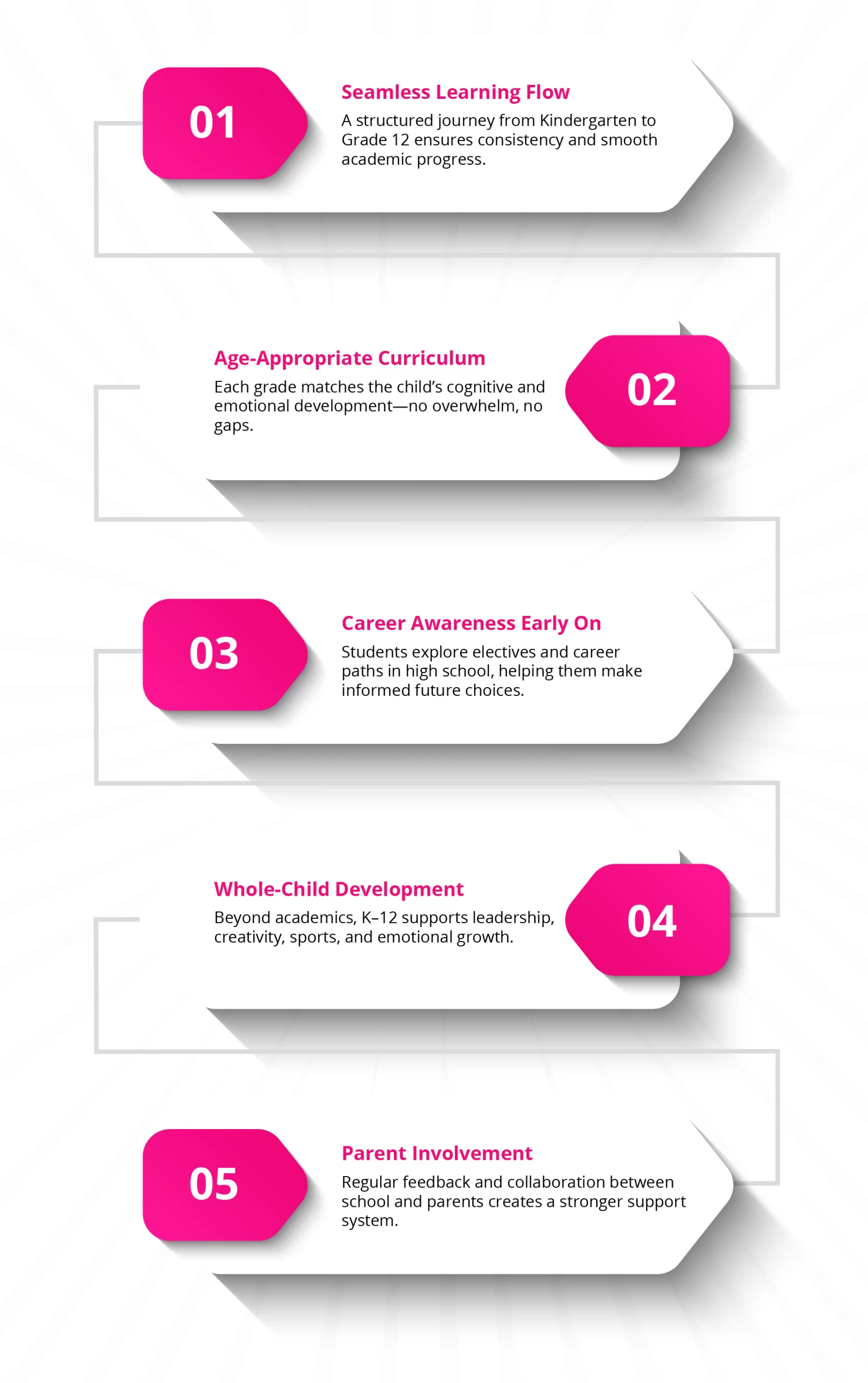
K–12 education is more than a system; it is a comprehensive process aimed at nurturing well-rounded individuals.
Consistent and Structured Learning
The K–12 model ensures continuity throughout a student’s academic journey. By removing gaps between educational levels, it fosters steady learning progression and academic stability year after year.
Developmentally Aligned Curriculum
Each grade level is designed to match the physical, intellectual, and emotional maturity of students. This alignment prevents cognitive overload or under-stimulation, promoting balanced growth in multiple dimensions.
Early Career Exploration
As students transition into high school, they are exposed to electives and specialized subjects that align with their strengths and interests. This early exposure helps them make informed decisions about their academic and career pathways.
Holistic Development
K–12 education supports more than academics. Through sports, arts, leadership opportunities, and extracurricular activities, students develop confidence, communication skills, creativity, and emotional intelligence.
Flexibility and Personalisation
In higher grades, students can tailor their learning through elective choices and specialisation tracks. This fosters engagement, independence, and ownership of the learning experience.
Enhanced School-Parent Interaction
K–12 schools encourage parental involvement through regular meetings, collaborative programs, and feedback systems. This partnership creates a supportive learning environment that enhances both academic outcomes and emotional well-being.
Challenges in K–12 Education
Despite its strengths, the K–12 model is not without its challenges.
Standardisation Limits Individualisation
Uniform curricula and standardised assessments may not cater to students with diverse learning needs. Children with learning disabilities or creative inclinations can feel constrained by fixed grade-level expectations.
Inequitable Access to Resources
Not all schools have equal access to quality infrastructure, skilled educators, or digital tools. Students from low-income or underserved areas often face significant disadvantages, which can affect long-term academic success.
Teacher Burnout
K–12 educators often manage large class sizes, administrative duties, and curriculum demands with limited support. This can lead to stress, burnout, and high turnover, negatively impacting student learning.
Overemphasis on Standardised Testing
Heavy focus on test performance can reduce emphasis on deep understanding, problem-solving, and creativity. Teaching often shifts toward test preparation rather than real-world application of knowledge.
Curriculum Gaps in Emerging Skills
While comprehensive, many K–12 systems lag behind in integrating modern subjects such as AI, sustainability, financial literacy, and entrepreneurship skills essential for the future workforce.
Digital Divide
As digital learning grows, students without reliable internet or devices are at a disadvantage. The digital divide continues to be a major barrier, particularly in rural or low-resource communities.
The Future of K–12 Education: What’s Next?
The K–12 system is evolving rapidly as the world shifts toward personalized, tech-driven, and skill-based education. Here’s what the future may hold:
- Critical thinking and creativity will take precedence over rote learning.
- The focus will shift from STEM to STEAM, including arts for holistic development.
- Students may begin learning AI, robotics, and coding from elementary levels.
- Virtual classrooms will connect students globally in real time.
- Socio-emotional learning (SEL) will become a core component.
- Green, sustainable education practices will be integrated into the curriculum.
Conclusion
K–12 Education is not just a formal structure, it is a learning journey that shapes students into capable, curious, and compassionate global citizens. With a balance of academic rigor and emotional intelligence, the system supports students in becoming critical thinkers, adaptable workers, and engaged members of society.
Its increasing adoption across the world highlights its relevance in preparing students for college, careers, and beyond. Whether you’re a student seeking better learning outcomes, a parent planning your child’s future, or an educator fostering innovation, understanding K–12 is essential in making informed, future-ready choices.
If you’re considering international schooling or exploring how K–12 education works abroad, MetaApply IE can help you take the next step.
Frequently Asked Questions
K–12 typically starts at age 5 (kindergarten) and continues until age 18 (12th grade).
In most countries, public K–12 education is free. However, private and international schools may charge tuition.
Yes. Many public and private institutions across the U.S., Canada, UAE, and other countries accept international students into their K–12 programmes.

